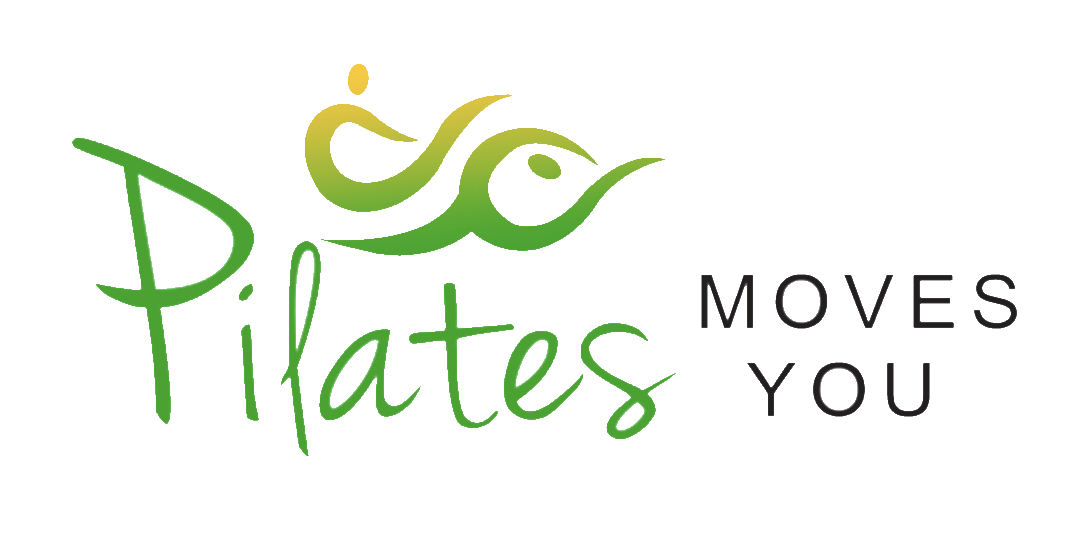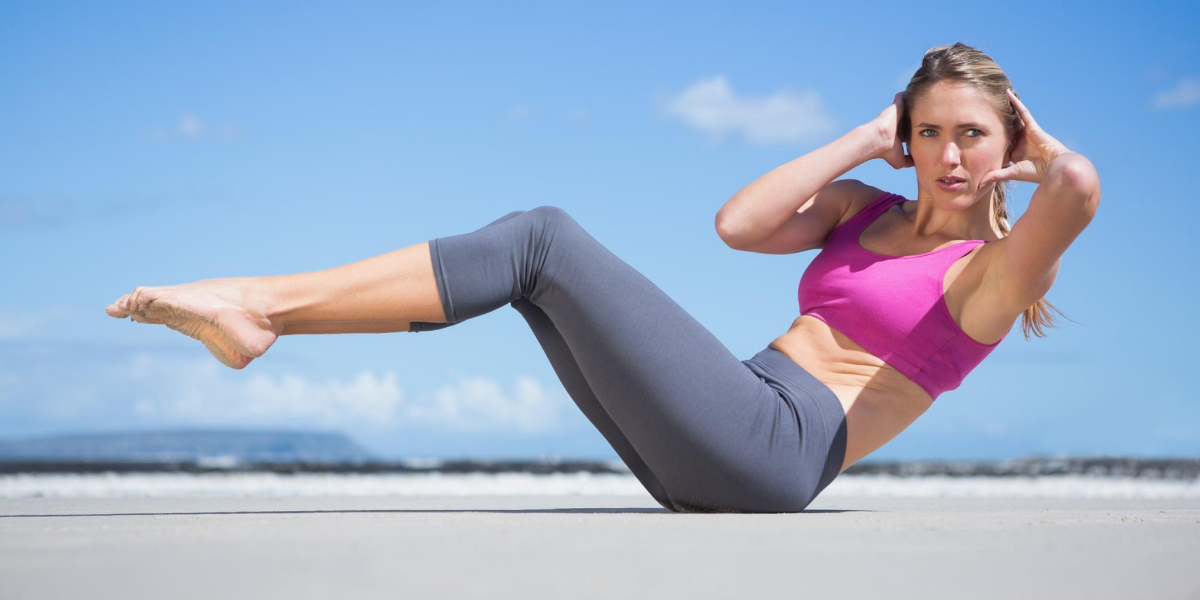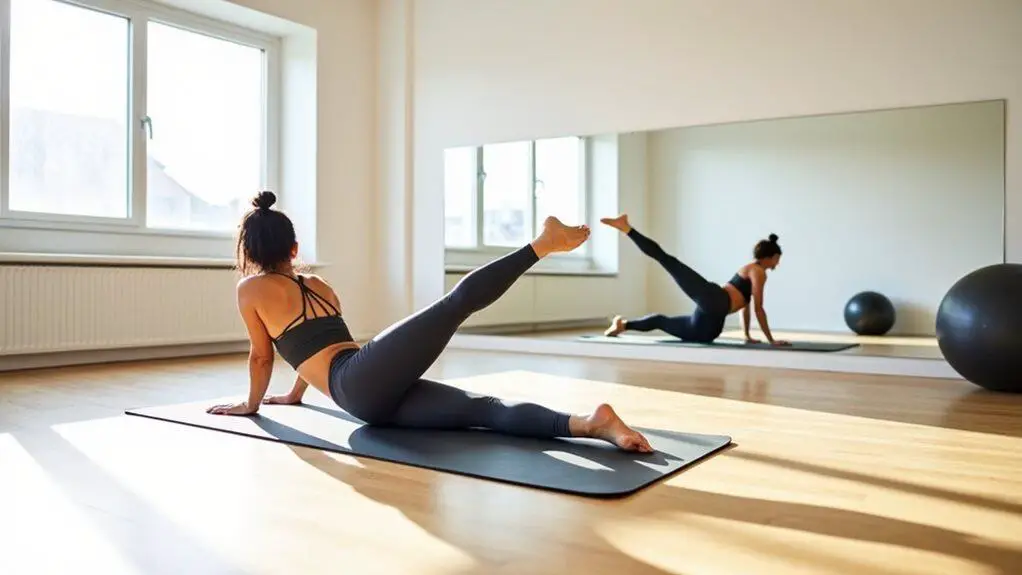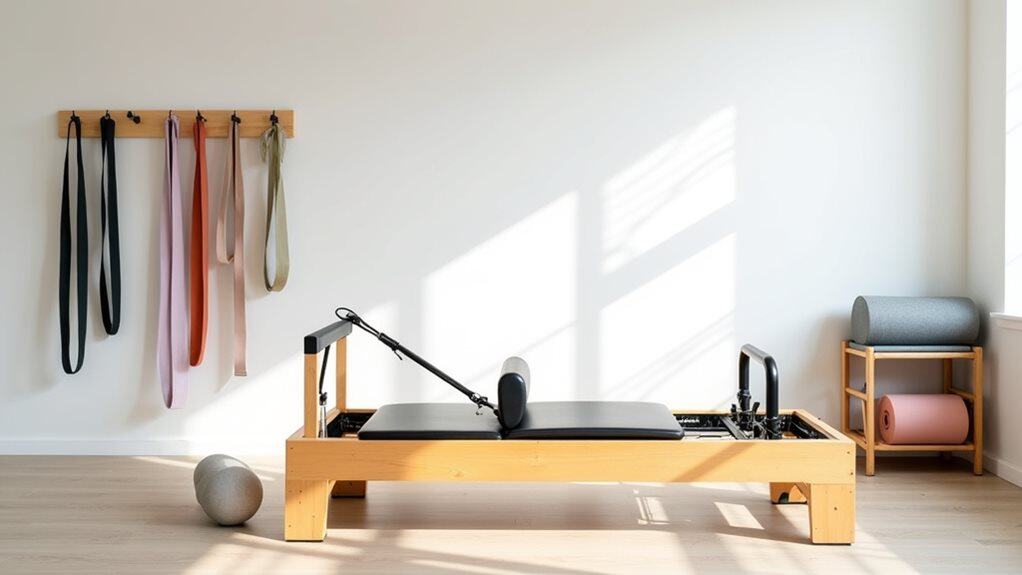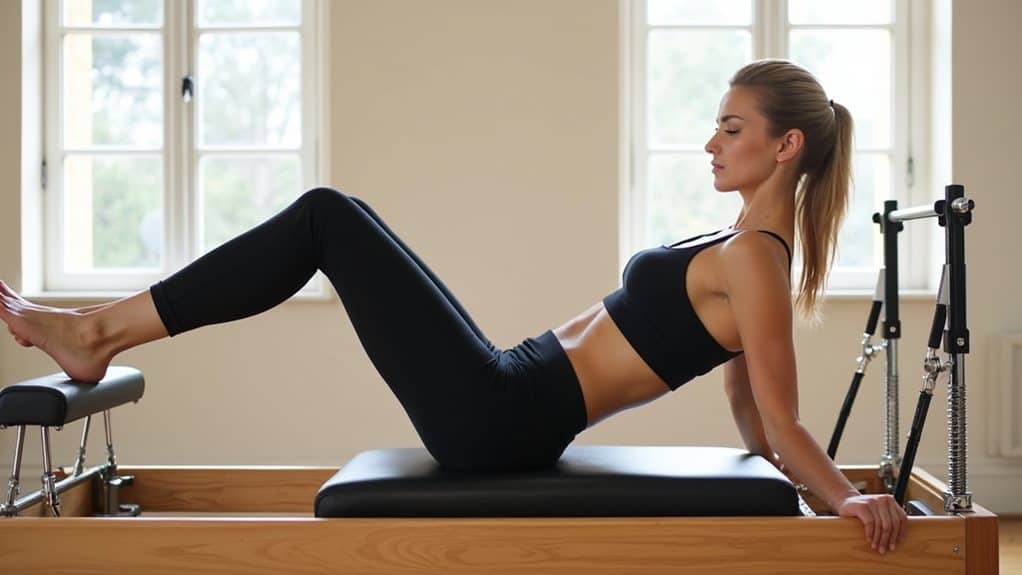If you were asked to picture someone doing Pilates, I bet the image that comes to mind is someone holding a pose on a brightly coloured mat. You might be wondering what is so special about the Pilates mat? Why does everyone use one? Do you actually need a mat or could Pilates be done without one?
You can do Pilates without a mat, but a mat is recommended as it provides stability and support to your body while doing exercises. It also helps in preventing injury by providing a firm base for your body to rest on and cushioning for your joints and back.
If you’re just getting started with Pilates you could certainly try working out without a mat to begin with, but I recommend investing in one as soon as possible to make your practice more comfortable. They’re inexpensive and last a long time, see it as an investment in your health!
What does a Pilates mat do?
If you popped by to one of my group Pilates sessions you’d be greeted by rows of people of differing fitness levels unrolling their Pilates mats in preparation for the lesson. Just why does everyone insist on using a mat if it’s possible to do Pilates without one?
Pilates is a form of exercise that predominantly uses your own body weight to help strengthen muscles and improve posture. Performing your exercise routine on a mat provides a safe surface upon which to perform movements like push-ups, planks, crunches etc.
Stop reading this and try a little experiment, lie down on different floor types in your home and pull your legs up to your chest, then rock a little side to side. Go give it a go and come back, I’ll be waiting for you.
How was that? If you’ve hard floors I expect it felt more uncomfortable than on a carpet, or on your bed. That gives you an idea of why a mat is important, your back is just one area the mat helps to protect and feel comfortable.
One of the reasons a mat can be used on different surfaces is the thickness, a good Pilates mat will be over 6mm in thickness. This thickness provides your feet, knees, hands and any other body part the move calls for with good padding to prevent injury.
If I asked you to picture someone doing yoga you would likely come up with a similar mental picture as when I asked you to picture someone doing Pilates, does that mean you can use the same exercise mat?
Pilates mats are thicker than yoga mats because many of the Pilates moves require you to put pressure on your back when on the floor, and a yoga mat wouldn’t provide the support require for such mat exercises.
A Pilates mat not only provides padding and comfort, they also provide a safe, non-slip, surface. It’s important to have good footing when doing any type of training because poor posture could lead to injury. A mat will help prevent falls by providing stability underfoot.
I really don’t want to use a mat, what can I do?
A mat is used to make the practice of Pilates safer and more comfortable, but if you don’t want to use a mat or don’t have access to one you can still have an effective workout without one. Depending on the surface you are on you will want to modify the exercises you do, without a mat for protection I’d suggest avoiding anything that has your spine or knees on the floor.
Here is a standing only routine you can do that focuses on improving your balance and strength:
Stability Ball Workout
Another suggestion would be the use of a stability ball. These provide you with a challenging workout, applying the same principles of engaging your core, breathing and ensuring your maintain a neautral spine. Here are my top ten favourity stability ball exercises:
You can get a full breakdown of each in my 10 Best Stability Ball Exercises article.
Pilates Reformer: No Mat Required
Mat Pilates is incredibly popular, but there is an alternative, one that carries a higher cost: Reformer Pilates.
A Pilates Reformer is a piece of equipment designed specifically for performing Pilates exercises. It’s very large and very expensive, if you’ve never used one before I highly recommend booking time at a studio or gym that offers Reformer classes as well as the standard Pilates class.
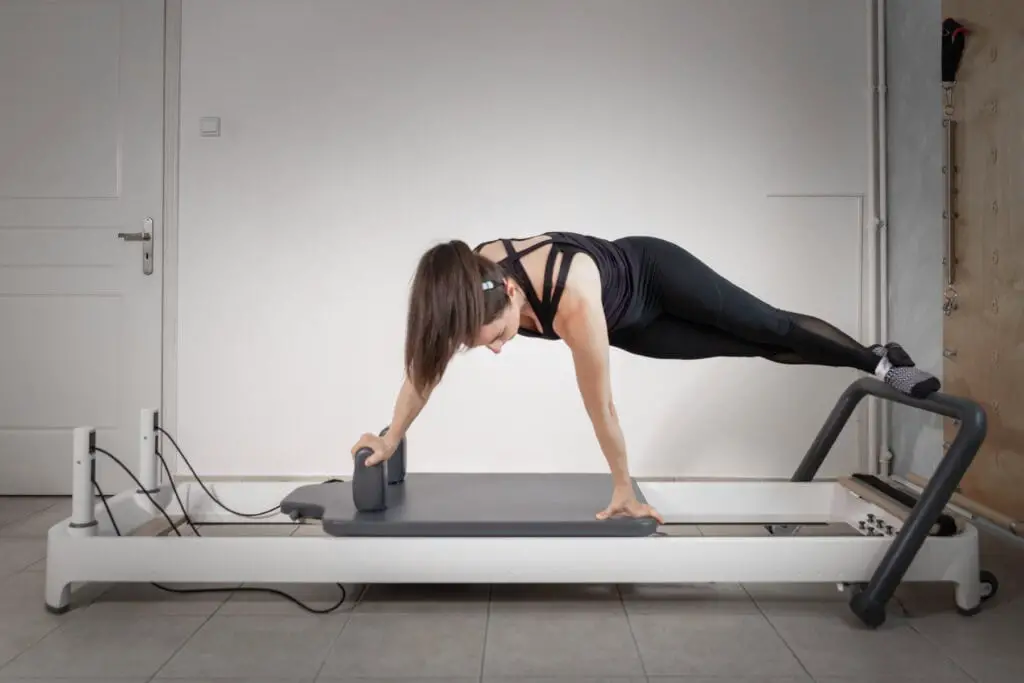
Developed by Joseph Pilates during World War 1, it’s designed to be used without a mat but to still give the same benefits to your core muscles, improving your core strength and muscle, working your entire body.
I don’t think it’s a good idea to purchase one of these without any experiance, they’re very expensive and you could potentially cause yourself a bad injury if you’ve never been to a beginner class. Given the size and cost you will often find instructors offering a private class rather than a large group.
I decided to invest in a Reformer and I love it! As an instructor I’ve got a lot of Pilates equipment and it’s safe to say the Reformer is one of my favourite items to use.
In conclusion, yes you can perform exercises from a mat, but I don’t recommend it unless you’re using a Reformer instead, or you may even decide to switch between the two methods.
What about other types of equipment like blocks, a chair or magic circle etc.? There are lots of different pieces of equipment available to enhance your workouts, the only items I suggest you start with is a good quality mat and lessons from a qualified instructor.
